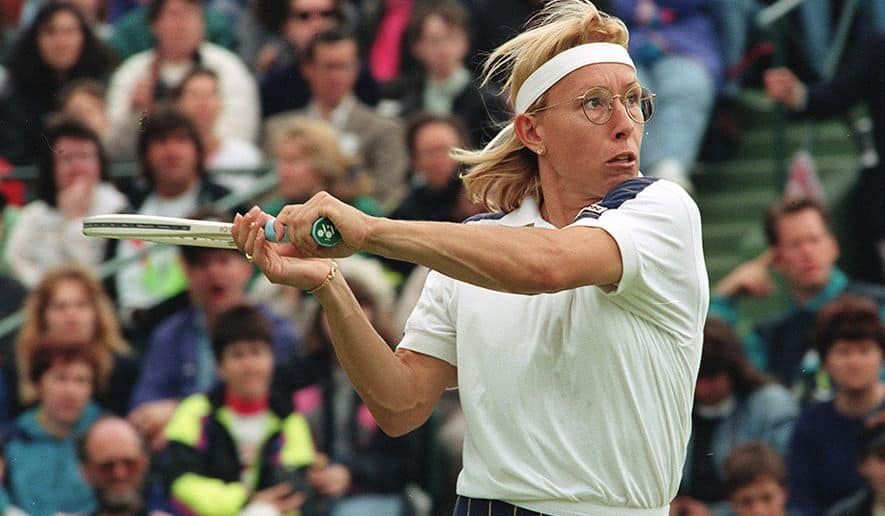Five Simple Exercises to Improve Golf Swing Skills:

Grip Practice: The correct grip is crucial for a successful golf swing. Practice gripping the club on the course, ensuring the right balance of firmness and relaxation, and placing your hands correctly on the club. Work on stabilizing and feeling comfortable with your grip.
Basic Swing Practice: Use an iron club for basic swing practice on the driving range. Pay attention to proper posture and swing motion, ensuring a smooth and fluid swing. Slow down your swing, focusing on accuracy and consistency rather than power and distance.
Short-Distance Putting Practice: Short-distance putting is essential for reducing the number of strokes. Set up various targets at different distances and practice putting repeatedly on the green. Train your accuracy and control. Keep your eyes on the ball and maintain a stable stance while putting.
Long-Distance Putting Practice: Practicing long-distance putting will help you better control the distance and direction on the greens. Choose longer putting distances and practice accurately getting the ball into the target area.
Simulation Training: Simulate real-game scenarios during practice. Try different fairway conditions, undulating terrains, and various shot directions and distances. This will help you handle different situations more confidently during actual competitions.
Remember, improving golf swing skills requires consistent effort and patience. Pay attention to proper posture and technique, and seeking guidance from a coach or instructor regularly can also be highly beneficial for skill enhancement.

"Golf ball line drill can achieve better contact."
A golf ball line drill (also known as a golf divot repair tool or fairway hole digger) is a tool used to repair the surface of the turf on a golf course. It is typically used to fill in divots made by golfers on the fairway, maintaining the smoothness and aesthetics of the golf course surface. By using a golf ball line drill, better contact and repair can be achieved.
The main advantages of a golf ball line drill are as follows:
Better contact: Due to the design of the golf ball line drill, it can make better contact with the golf course surface, ensuring that the soil is filled in the bottom and sides of the divot. This ensures that the repaired divot is more solid and durable, and the ball's roll on the fairway is not affected.
Quick repair: Golf ball line drills are easy to use and operate, allowing for rapid repair of divots on the golf course. This helps minimize interference with players during matches or practice sessions.
Aesthetic effect: Repairing divots with a golf ball line drill ensures a smoother and neater surface, maintaining the aesthetics and professionalism of the golf course.
Despite the many benefits of a golf ball line drill, it is essential to understand the course rules and standard operating procedures before using it to ensure proper usage and avoid causing any damage to the golf course. When using a golf ball line drill, one should strive to maintain the original state of the fairway and follow the advice of the course management.

Grip Practice: The correct grip is crucial for a successful golf swing. Practice gripping the club on the course, ensuring the right balance of firmness and relaxation, and placing your hands correctly on the club. Work on stabilizing and feeling comfortable with your grip.
Basic Swing Practice: Use an iron club for basic swing practice on the driving range. Pay attention to proper posture and swing motion, ensuring a smooth and fluid swing. Slow down your swing, focusing on accuracy and consistency rather than power and distance.
Short-Distance Putting Practice: Short-distance putting is essential for reducing the number of strokes. Set up various targets at different distances and practice putting repeatedly on the green. Train your accuracy and control. Keep your eyes on the ball and maintain a stable stance while putting.
Long-Distance Putting Practice: Practicing long-distance putting will help you better control the distance and direction on the greens. Choose longer putting distances and practice accurately getting the ball into the target area.
Simulation Training: Simulate real-game scenarios during practice. Try different fairway conditions, undulating terrains, and various shot directions and distances. This will help you handle different situations more confidently during actual competitions.
Remember, improving golf swing skills requires consistent effort and patience. Pay attention to proper posture and technique, and seeking guidance from a coach or instructor regularly can also be highly beneficial for skill enhancement.

"Golf ball line drill can achieve better contact."
A golf ball line drill (also known as a golf divot repair tool or fairway hole digger) is a tool used to repair the surface of the turf on a golf course. It is typically used to fill in divots made by golfers on the fairway, maintaining the smoothness and aesthetics of the golf course surface. By using a golf ball line drill, better contact and repair can be achieved.
The main advantages of a golf ball line drill are as follows:
Better contact: Due to the design of the golf ball line drill, it can make better contact with the golf course surface, ensuring that the soil is filled in the bottom and sides of the divot. This ensures that the repaired divot is more solid and durable, and the ball's roll on the fairway is not affected.
Quick repair: Golf ball line drills are easy to use and operate, allowing for rapid repair of divots on the golf course. This helps minimize interference with players during matches or practice sessions.
Aesthetic effect: Repairing divots with a golf ball line drill ensures a smoother and neater surface, maintaining the aesthetics and professionalism of the golf course.
Despite the many benefits of a golf ball line drill, it is essential to understand the course rules and standard operating procedures before using it to ensure proper usage and avoid causing any damage to the golf course. When using a golf ball line drill, one should strive to maintain the original state of the fairway and follow the advice of the course management.



